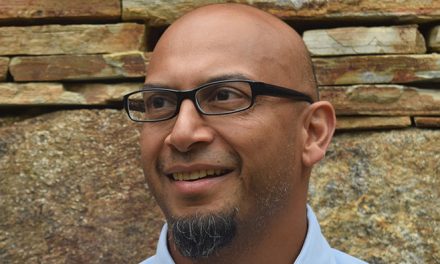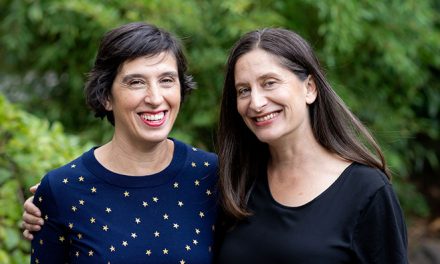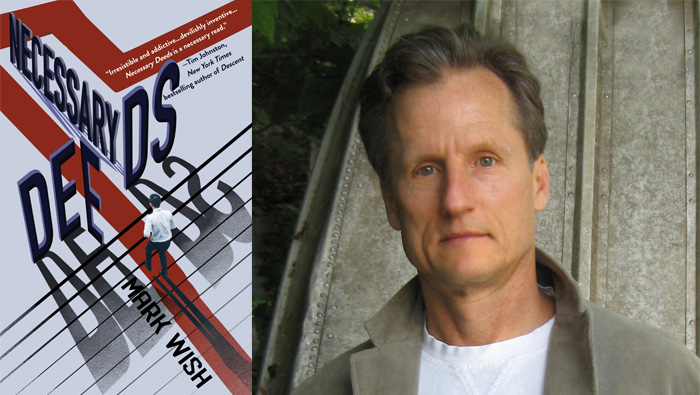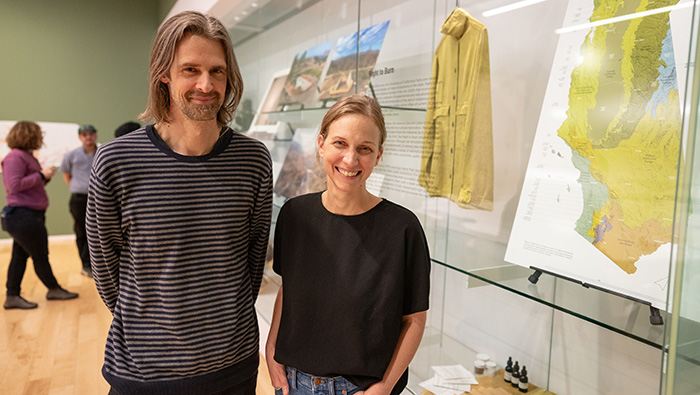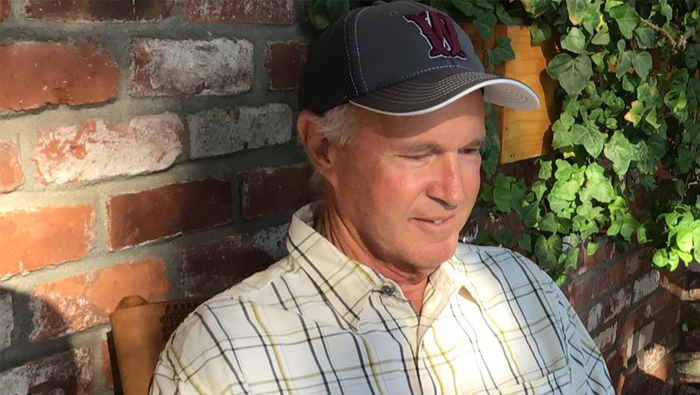
Weaving a Disaster Tale
After Craig Wilson ’69, J.D. ’72, retired from his legal career, he looked back on one of his most fascinating cases — and turned it into a novel.
In the mid-1980s, the Kesterson National Wildlife Refuge in Merced County took in farm wastewater that became poisonous to the animals there. Wilson, an attorney for the State Water Resources Control Board was assigned the case, which became a hot topic and cautionary tale.
“At first, it was thought to be a win-win situation, where farming down in that area had some excess drainage water and there was a need to create a national wildlife refuge as a stopover for some of the migratory waterfowl,” Wilson said. “So put the two together — bring the drainage water out to the refuge.
“But it turned out to be a deathtrap, because unbeknownst to a lot of people, the area had large amounts of a natural element called selenium that is toxic if it’s bioaccumulated. That’s basically what happened. The drainage water reached the selenium in the soils, got to the refuge, built up and created an environmental disaster.”
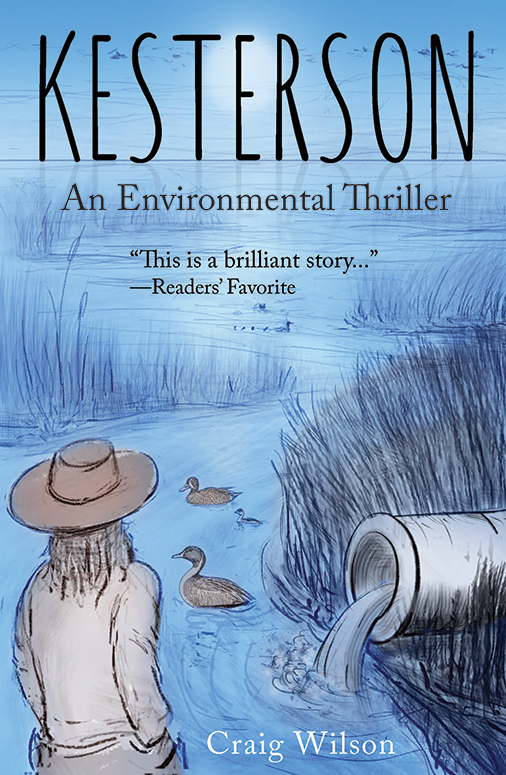
Now the story forms the basis for Wilson’s debut novel, Kesterson: An Environmental Thriller (Gatekeeper Press, 2021). Wilson adds plot twists and surprises along the way. Here, he talks more about the new book and the inspiration for the story.
What made you want to write a novel within this true setting?
I didn’t have any burning desire to be a novelist. I love reading, researching and writing. After I retired from my water law practice, I did a few things and then I served two turns on the Sacramento County grand jury. In both of those terms, I ended up writing a major research paper on one of the topics. That rekindled an interest in writing. And always in the back of my mind, there was something about this Kesterson case that always fascinated me. It was probably the most significant case I worked on as a water lawyer.
You have a long history in water law, so what was your involvement in that case?
Back in the 1980s, I was a staff attorney at the State Water Resources Control Board, which is the main regulatory agency dealing with water issues from the state level. A nearby neighbor of the refuge had noticed the problems and came to us. I was assigned to this case, and it proved to be one of the most interesting things I ever worked on. So many things happened at the time, and there were so many interesting characters involved. In the end, the board did the right thing and ordered the drainage water to be stopped. And then the federal government, which was the owner of the project, agreed to do so.
Environmentalism and climate change continue to be part of a global conversation, so what do you hope readers will take away from the story?
I feel it’s a cautionary tale of what can happen to the environment. This book is almost an allegory to the larger picture — climate change, the deforestation of the Amazon rainforest, the fires in California, the hurricanes out east. All these things are happening, but a large part of the population wants to keep chugging away the way we are. I hope it won’t be too late before people wake up. Kesterson was almost too late, but we finally got the drainage water out of there and it’s actually a smaller place now but a thriving wildlife refuge. The birds are back.
Now that you’ve written a novel, are you interested in writing another?
I don’t know if I’m going to be a one-trick pony with this or not. I have some other ideas in mind, other water issues I worked on. I was also a military lawyer in the JAG Corps in the Army before I came back to California, and I was involved in some pretty interesting cases there. There might be another novel in me, but I’m not sure.
You got two degrees at UC Davis. How do you look back at your time there?
Some of the best seven years of my life. I was a political science major, and that kind of led me to the water field. I was in the honors program and did an internship at the Department of Water Resources, and, boom, my career blossomed from there.


